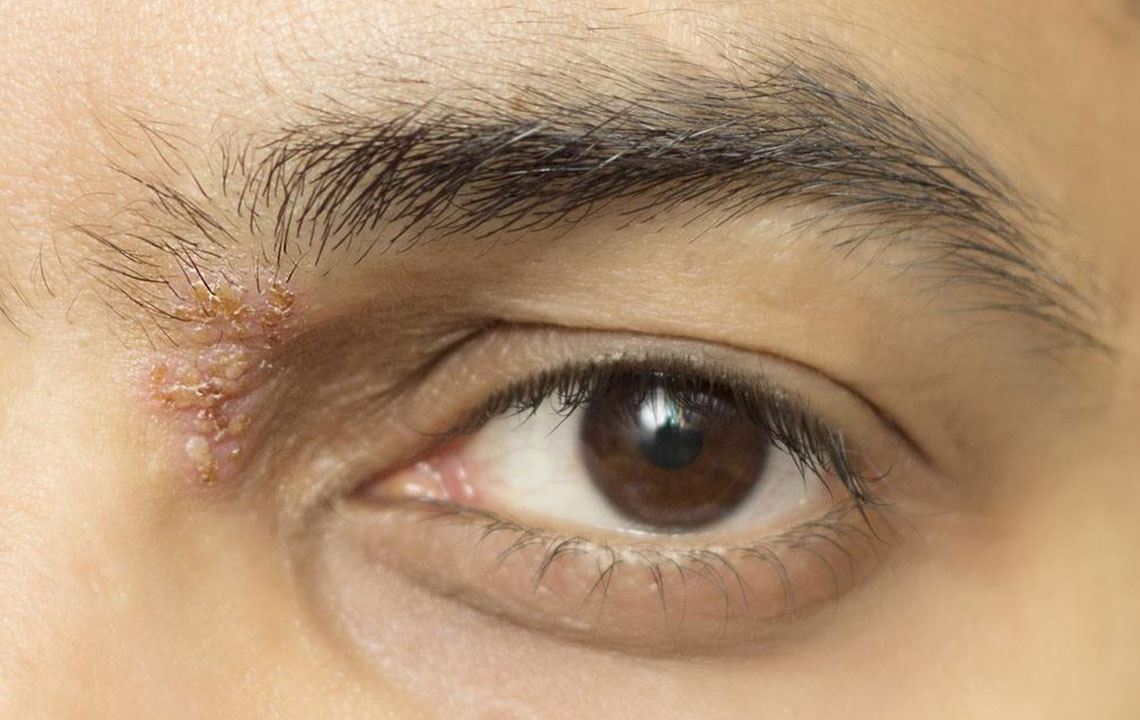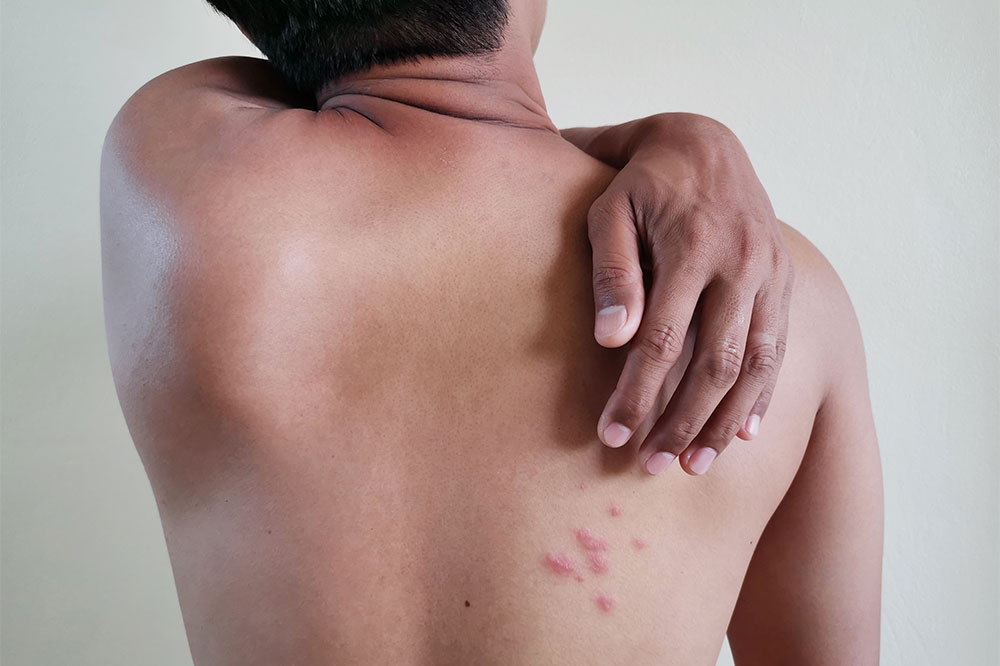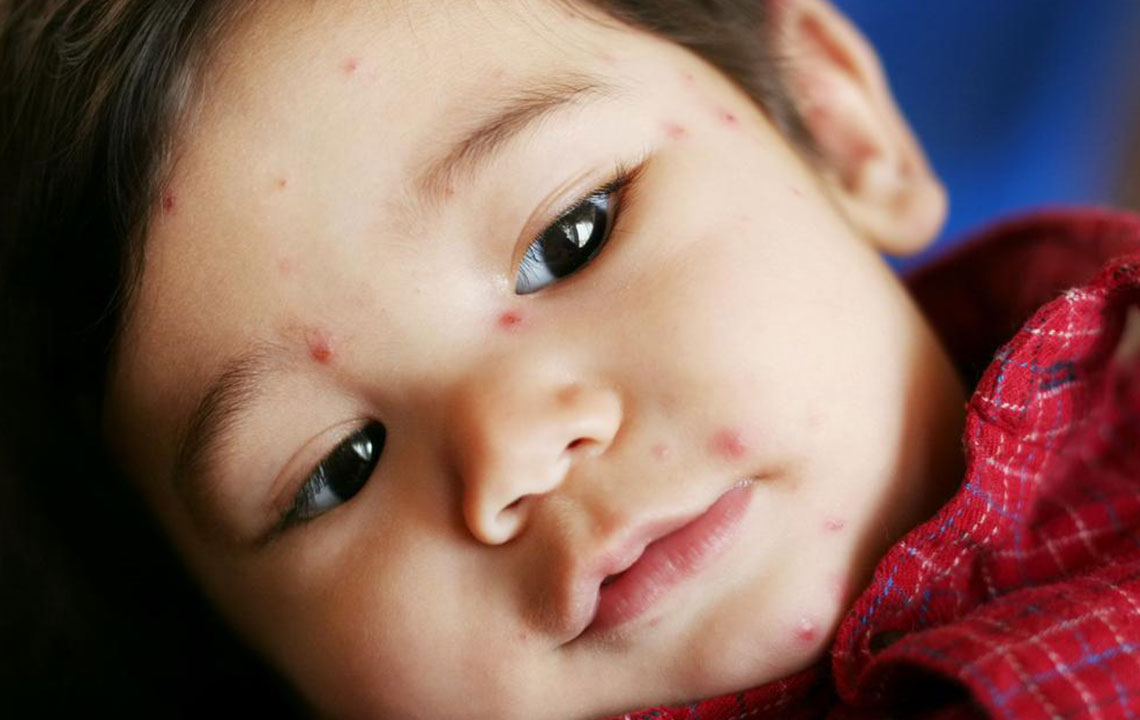Comprehensive Guide to Factors Contributing to Shingles Development and Prevention Strategies
This comprehensive article explores the various factors that contribute to the development of shingles, emphasizing age, immune health, medical conditions, stress, and prior chickenpox infection. It offers insights into prevention strategies, including vaccination, lifestyle changes, and timely medical intervention. Understanding these triggers can help reduce the risk of shingles, alleviate pain, and prevent complications, making it essential reading for those at higher risk, healthcare providers, and caregivers.

Shingles, medically known as herpes zoster, is a painful dermatological condition characterized by a distinctive skin rash that usually manifests as a band or cluster of blisters on one side of the face or body. It is caused by the reactivation of the varicella-zoster virus (VZV), the same virus responsible for chickenpox. After an initial infection, often during childhood, VZV remains dormant in the nerve tissue for years or even decades. When the virus reactivates, it migrates along nerve fibers, resulting in the painful symptoms characteristic of shingles. Understanding the complex factors that trigger this reactivation is essential for prevention, early diagnosis, and effective treatment.
What is Shingles and How Does It Develop?
Shingles is a viral reactivation phenomenon affecting the nervous system. Once a person experiences chickenpox, their immune system generally suppresses the dormant VZV. However, the virus can never be entirely eliminated from the body; it resides quietly in the nerve roots. Under certain conditions, VZV can reactivate, traveling along nerve pathways and causing inflammation along the affected nerves, which presents as a painful rash on the skin's surface.
Key Factors That Contribute to Shingles Reactivation
Several factors can weaken the immune defenses and increase the likelihood of VZV reactivation, leading to shingles. Recognizing these triggers is critical in managing risk and preventing outbreaks.
1. Age-Related Immune Decline
One of the most significant risk factors for shingles is advancing age. As individuals grow older, their immune systems naturally weaken, which diminishes the body’s ability to suppress dormant viruses. Epidemiological data indicate that the incidence of shingles increases markedly among people over 50, with rates continuing to climb in subsequent decades. This age-related immune decline—called immunosenescence—results from a combination of factors including reduced T-cell function, decreased production of protective antibodies, and overall immune system exhaustion. Consequently, older adults are more susceptible to VZV reactivation, leading to higher shingles prevalence in this age group.
2. Compromised Immune System Due to Medical Conditions
Individuals with weakened immune responses due to underlying medical conditions are at elevated risk. Conditions like HIV/AIDS substantially impair immune defenses, impeding the body's ability to keep VZV dormant. Similarly, cancers such as leukemia or lymphoma, and treatments involving chemotherapy or radiation, suppress immune function, creating an environment conducive to viral reactivation. Autoimmune diseases that require immunosuppressive therapies—like lupus or rheumatoid arthritis—also increase vulnerability. These medical conditions compromise the immune surveillance mechanisms, allowing the dormant virus to reactivate and cause shingles.
3. Immunosuppressive Treatments and Therapies
Medications designed to control autoimmune responses or prevent organ rejection—such as corticosteroids, biologics, or immunosuppressants—can significantly weaken immune defenses. Patients undergoing organ transplantation or cancer treatments often experience a suppression of immune function, which raises their risk for shingles outbreaks. Medical practitioners typically monitor such patients carefully and may recommend preventive measures like vaccination to mitigate this risk.
4. Psychological Stress and Physical Trauma
Extensive research indicates that high levels of psychological stress can impair immune response, making the body more vulnerable to VZV reactivation. Stress triggers the release of stress hormones like cortisol, which can suppress various immune functions. Additionally, physical trauma or injury to the area of nerve innervation can also act as a trigger, possibly by causing local inflammation or nerve damage that facilitates virus reactivation.
5. Prior Chickenpox Infection and Early Life Exposure
Anyone who has had chickenpox is at lifelong risk of shingles, as the virus remains dormant in the nervous tissue. Interestingly, the timing of initial exposure may influence shingles risk; individuals infected early in life or during pregnancy may experience different immune responses, although the primary factor remains immune system weakening over time. Even among those vaccinated against chickenpox, shingles can still occur, but vaccination reduces the severity and likelihood of outbreaks.
Preventive Measures and Early Intervention Strategies
Given the significance of these factors, several strategies can help in reducing the risk of shingles or minimizing its impact:
Vaccination: The shingles vaccine, such as Shingrix, is highly effective, especially for adults over 50. It boosts immunity and significantly reduces the risk of reactivation.
Healthy Lifestyle: Maintaining a balanced diet, engaging in regular exercise, and managing stress can help strengthen immune function.
Managing Chronic Conditions: Proper control of medical conditions like diabetes, HIV/AIDS, and autoimmune diseases can help prevent immune suppression.
Avoiding Excessive Stress: Incorporating stress reduction techniques such as meditation, mindfulness, and adequate sleep boosts immunity.
Prompt Medical Attention: Early diagnosis and treatment with antiviral medications can reduce the severity and duration of shingles symptoms, and prevent complications like postherpetic neuralgia.
Conclusion
Understanding the multifaceted factors that contribute to shingles development enables individuals and healthcare providers to implement effective preventive and management strategies. Age, immune status, medical treatments, stress, and prior infections all play crucial roles in determining risk. With advances in vaccination and awareness, the burden of shingles can be significantly reduced, improving quality of life for vulnerable populations. If you are at risk, consulting your healthcare professional about vaccination options and lifestyle adjustments is a proactive step toward preventing shingles and its complications.





